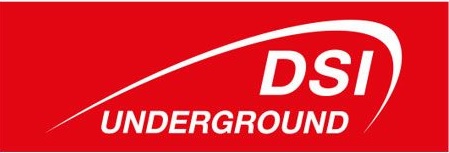
26 November 2022
Software for logistics
It is impossible to talk about logistics without mentioning IT-related issues. The TSL industry would not exist without tools that enable instant communication, collection and processing of massive amounts of information, optimization of routes, cargo, billing or payment through an interface to the banking system. Software for logistics is part of our everyday life.
The entire forwarding business relies on IT, so it is difficult to choose a few programs from specific manufacturers to discuss first. We can choose between dozens of solutions available “out of the box” on the market, and one must also take into account turnkey software written on the basis of specifications provided by the logistics company. Even software sold as off-the-shelf once installed and configured according to the requirements of a specific company becomes a highly specialized tool, optimized to work in that one unique environment.
What kind of software for logistics is available on the market? Let’s look at several types and evaluate how they are manufactured and installed, what functionalities they offer and how they affect productivity.
LAN network
Every software must run on some computer. For years, the model in small companies was to install ERP, warehouse and accounting programs directly on employees’ computers. When the company grew, the approach was modified, by installing the program on a server accessible to many people via the company LAN. This step was associated with an investment in hardware and personnel (or a contract with an IT company) who took care of data security and continuity of system operation.
The client-server model is still going strong and is considered to be optimal by many companies. It guarantees that data will only be available within the enterprise, and once IT services are optimized, the cost of maintaining such a system is acceptable.
Cloud solutions
An alternative, that becomes increasingly popular, is to migrate to the cloud. In this model, the software that collects and processes data runs on servers owned by an external provider. The provider takes care of performance, security, and backups. This lightens the burden placed on a logistics company, but the provider charges a considerable fee for these services.
Logisticians can access data and software via the Internet from desktops and laptops, and more recently from virtually any device capable of running a web browser.
Software as a Service
From there, it’s only a step to a new model for producing and selling software: SaaS (Software as a Service). The software remains the property of the software supplier, as does the infrastructure on which it runs. Logisticians buy the service of providing them with access to the functions offered by the system.
The benefits of such a solution are: instant access to updates, the ability to adjust the price list so that invoices apply only to the options actually used, and good scalability, that is, the ability to both increase computing power during the peak season and decrease it during the off-season (which translates directly into the price of the service).
Record with an asterisk
Cloud solutions have several distinctive weaknesses. These include storing data on a computer owned by another company, lack of access to programs and data in the event of an internet outage, and difficulty negotiating prices when the service and software provider wants to raise them. Also, the cost of moving data to another platform is not negligible.
An intermediate solution, available only to larger and more affluent companies, is to build your own cloud infrastructure on hardware that is owned exclusively by your company.
Software for logistics – convenience and speed
Finally, a technical note on working with software companies. A good program, like any useful tool, makes work easier and faster, and therefore less expensive. It is always a good idea to pay attention to such details as the appearance of the application screen, the availability of individual options or the order in which options are accessed when the tab button is clicked.
In many softwares, these seemingly small details can be configured according to customer needs. If through such modification it is possible to speed up the handling of one package, customer or order by a second or a few, then on a company-wide scale, with thousands or hundreds of thousands of operations performed by many employees, the savings can amount to many hours of work.

















